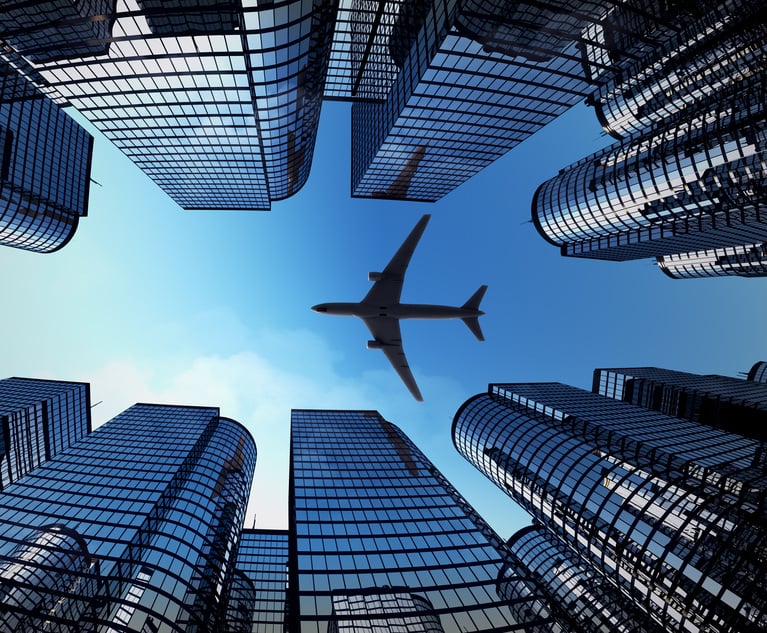 The commercial airline industry continues to be challenged by a pilot shortage. (Credit: Adobe Stock / Dabarti)
The commercial airline industry continues to be challenged by a pilot shortage. (Credit: Adobe Stock / Dabarti)
Despite some headwinds, the aviation insurance market is currently cruising along with very little turbulence, according to a pair of recent reports released by two industry experts.
Recommended For You
Want to continue reading?
Become a Free PropertyCasualty360 Digital Reader
Your access to unlimited PropertyCasualty360 content isn’t changing.
Once you are an ALM digital member, you’ll receive:
- Breaking insurance news and analysis, on-site and via our newsletters and custom alerts
- Weekly Insurance Speak podcast featuring exclusive interviews with industry leaders
- Educational webcasts, white papers, and ebooks from industry thought leaders
- Critical converage of the employee benefits and financial advisory markets on our other ALM sites, BenefitsPRO and ThinkAdvisor
Already have an account? Sign In Now
© 2025 ALM Global, LLC, All Rights Reserved. Request academic re-use from www.copyright.com. All other uses, submit a request to [email protected]. For more information visit Asset & Logo Licensing.

